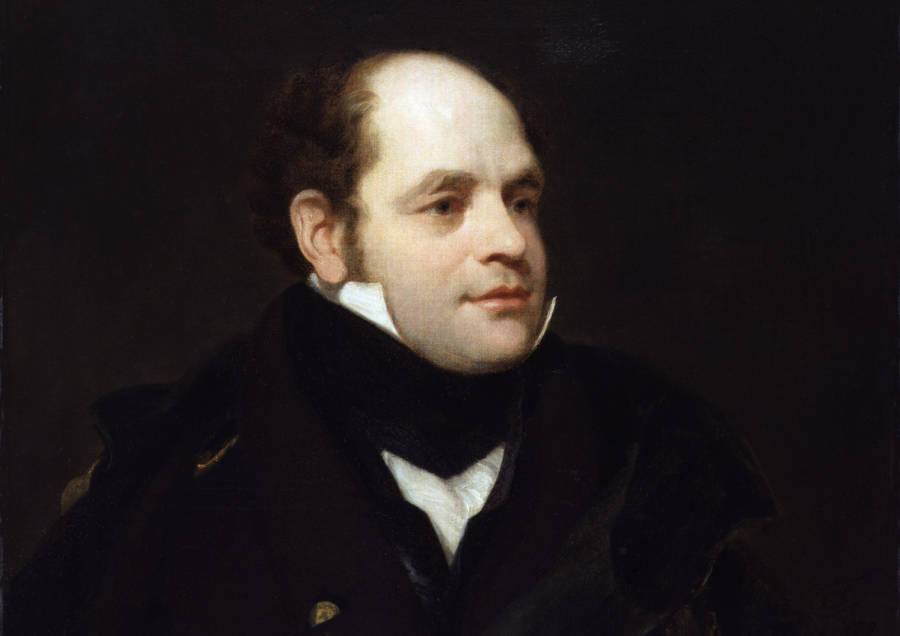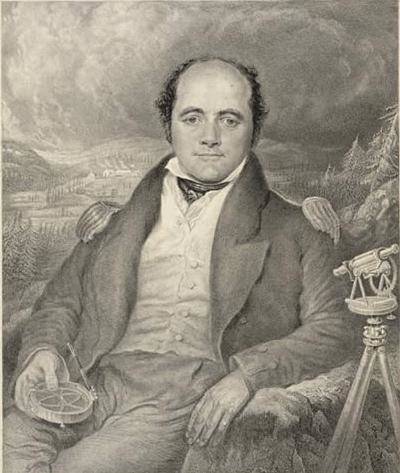John Franklin

Wikimedia CommonsJohn Franklin
John Franklin knew from an early age that he wanted to spend his life out at sea, and by age 14 his father ensured him a spot in the British Royal Navy as a first-class volunteer aboard the ship Polyphemus.
Born in 1786 in Spilsby, England, Franklin departed for Copenhagen in 1801 aboard the vessel but was discharged shortly thereafter.
It was decided that Franklin was better suited for an expedition mission at sea as opposed to the Royal Navy. He’d embarked on a series of missions to Australia and South America before returning home to England in 1815 at the tail-end of the Napoleonic Wars.
Franklin believed that his naval career was as good as over until 1818 when the Royal Navy expressed interest in exploring the Arctic. Second Secretary of the Admiralty, Sir John Barrow, believed that a potential passageway in the Arctic could be lucrative for Britain in terms of trade with Asia.

Wikimedia CommonsJohn Franklin.
Four navy ships were dispatched in the spring of 1818 to explore various corners of the North American Arctic. Franklin commanded the Trent, which was tasked with sailing over the North Pole via Greenland and Spitsbergen.
That first trip would prove unsuccessful, and a second attempt was made in 1819. Unfortunately for Franklin, that expedition would be even less successful than his first.
Franklin’s third voyage dispatched in 1845, when the Erebus and Terror left England for the west coast of Greenland. The expedition was the best-supplied Arctic voyage to date, with enough food on board to feed 134 men for three years.
The ships lasted until Sept. 1846, when they were frozen in the frigid sea north of King William Island, and Franklin was eventually forced to abandon ship, after which the famous explorer was never seen again.





